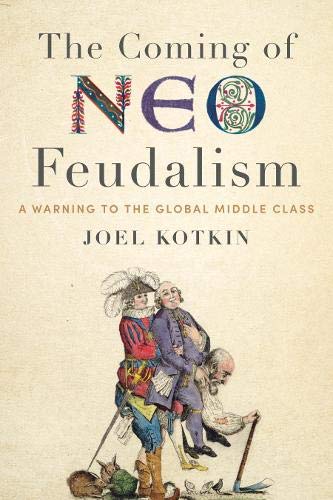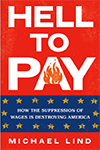Jim Russell pointed me as the workforce report program that LinkedIn runs. They use their data to show trends in 20 major job markets.
For each market they track, they put together a map of the 10 cities that market gains the most workers from and the ten in loses the most workers too. read more »





















